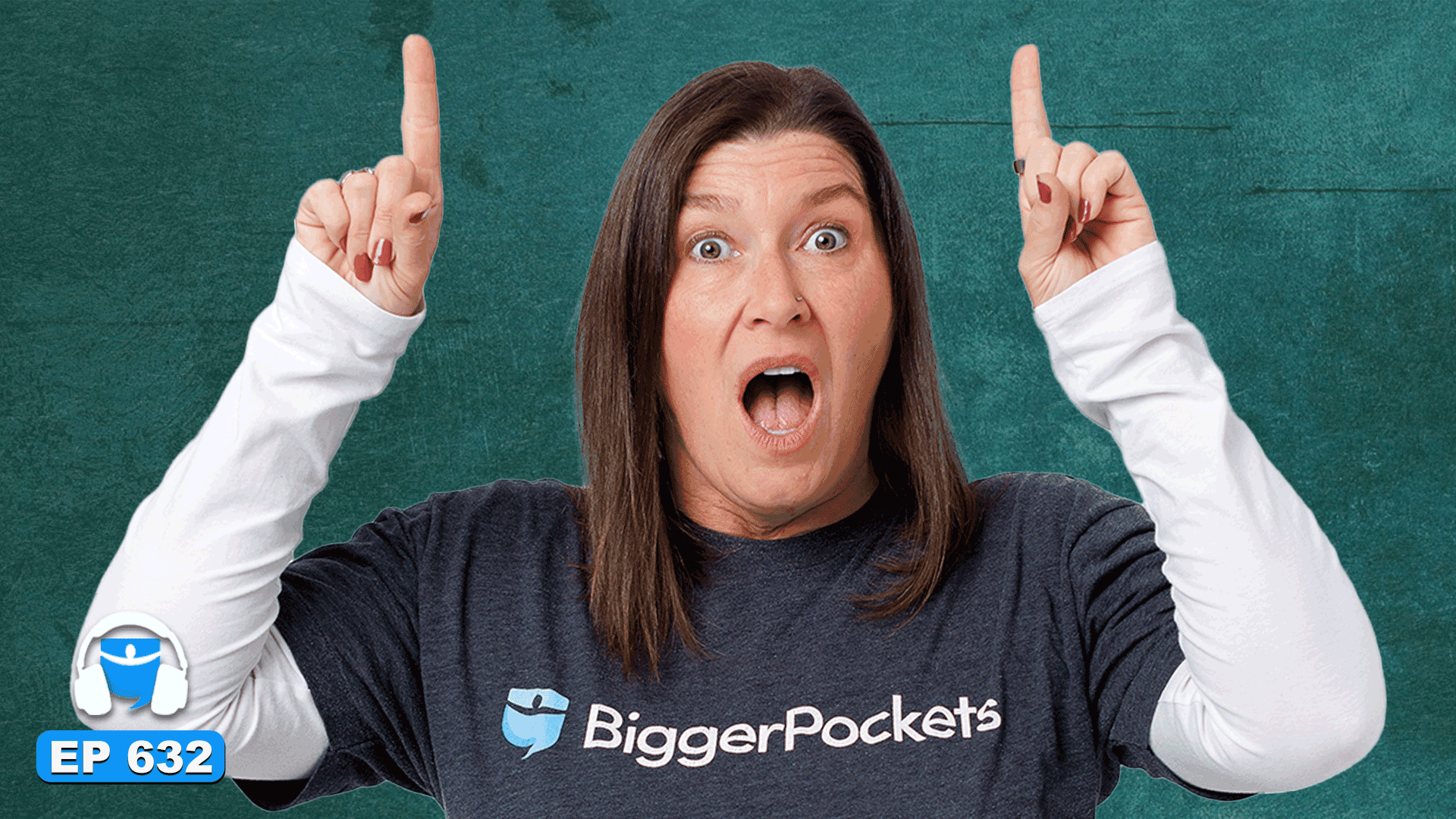US President Donald Trump’s sweeping tariffs could drive new home building costs in Australia even higher, while heaping pressure on the Reserve Bank to cut interest rates sooner.
The president announced new tariffs – which are taxes on imported goods – of at least 10% across most countries, including Australia, on Wednesday.
Tariffs are paid by the importer on goods sent from one country to another, with the additional costs often passed on to consumers.
REA Group senior economist Eleanor Creagh said there was a chance the tariffs could impact new home building costs.
“It’s fairly unclear what the end outcome will be at this stage and for the housing market, it’s likely a tug of war with headwinds and tailwinds,” Ms Creagh said.
“If we end up with higher prices for goods used in construction, that could increase prices when it comes to new builds and renovations.”
Australians have seen home-building costs rise significantly since the pandemic began, with the average cost of a completed home rising by more than 28% between 2019 and 2024, according to the Australian Bureau of Statistics.
Home-building conditions have improved over the past year, but many in the home-building industry still see a way to go before new-home buyer activity returns to the more favourable levels seen prior to 2020.
US President Donald Trump announces new tariffs on most countries, including Australia. Picture: Chip Somodevilla/Getty
Ms Creagh said the tariffs could also have implications for interest rates in Australia.
“On the other hand, if there is a hit to global growth, we could see that bring forward the pace of the Reserve Bank’s interest cuts which could stimulate homebuying demand,” she said.
The magnitude of the new tariffs has surprised financial markets, which are now pricing in a roughly 90% chance of an interest rate cut in May, according to Bloomberg.
Markets were also betting on as many as three more interest rate cuts by the Reserve Bank this year on the expectation that global growth would slow as a result of the tariffs.
It comes after the RBA held interest rates at 4.1% on Tuesday after cutting rates at its previous meeting.
Ms Creagh said the uncertainty could weigh on homebuyers too.
“If things escalate, we could see confidence dip, especially in decisions like buying a home,” she said.
“Though these factors may influence the Australian housing market, local market conditions are likely to remain the primary driver.
“Overall, we think home prices will continue lifting but it’s likely we’ll see a more modest pace of home-price rises relative to recent years."
The fresh tariffs were the latest instalment in the Trump administration’s global trade war after slapping additional tariffs on Canada, Mexico and China in recent months.
The new round of tariffs also included a 25% tax on all imported vehicles.
While Australia will face a 10% tariff, dozens of other countries will face even higher import taxes.
New home building costs could rise as a result of the tariffs. Picture: Getty
For the US housing market, the new tariffs could mean higher construction costs for homebuilders who need to import building materials.
"The US faces a supply gap of nearly 4 million homes, and the only long-term solution to this problem is to build them, but the implementation of these tariffs will make it more costly to do so, putting a question mark on whether they can be built at the lower price points that are most undersupplied," Realtor.com senior economist Joel Berner said.
The National Association of Home Builders (NAHB) estimates about 10% of building materials used in home building were imported.



















 English (US) ·
English (US) ·